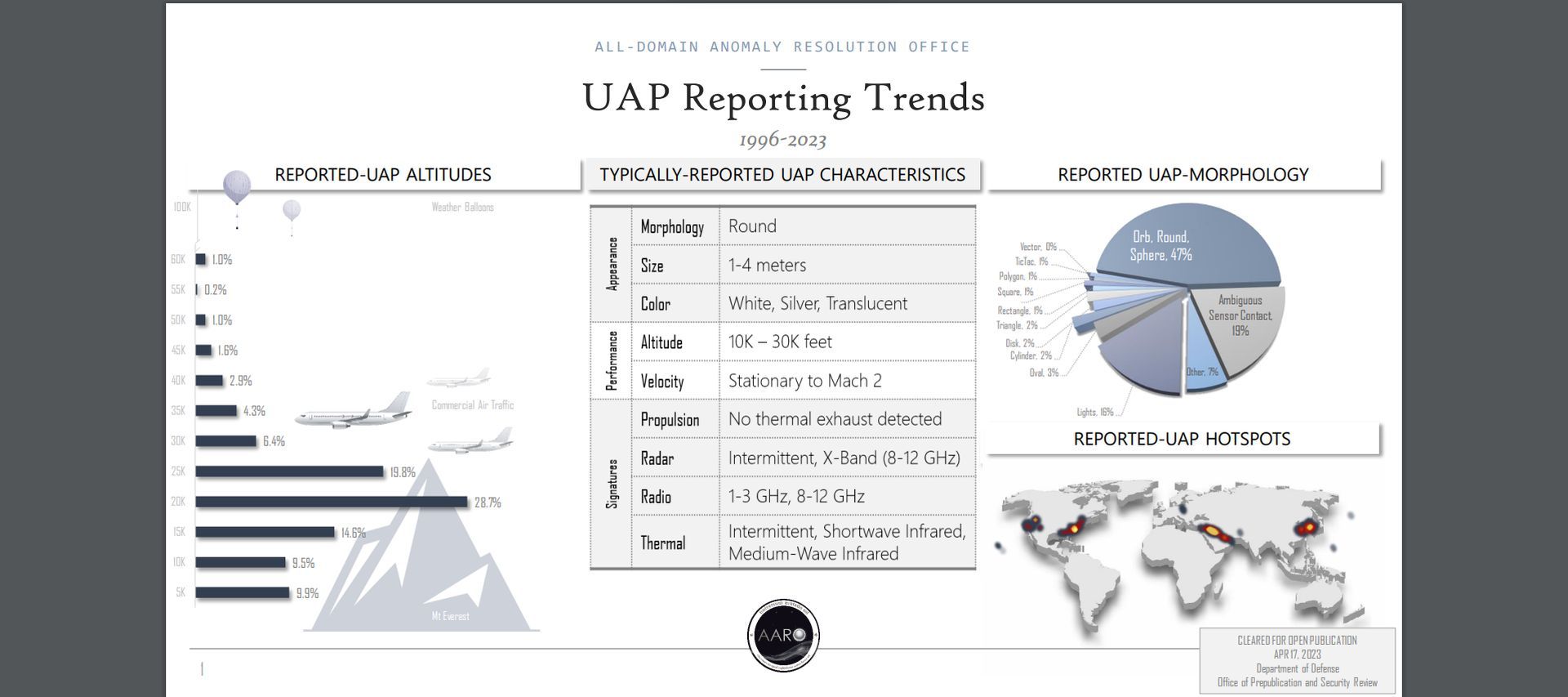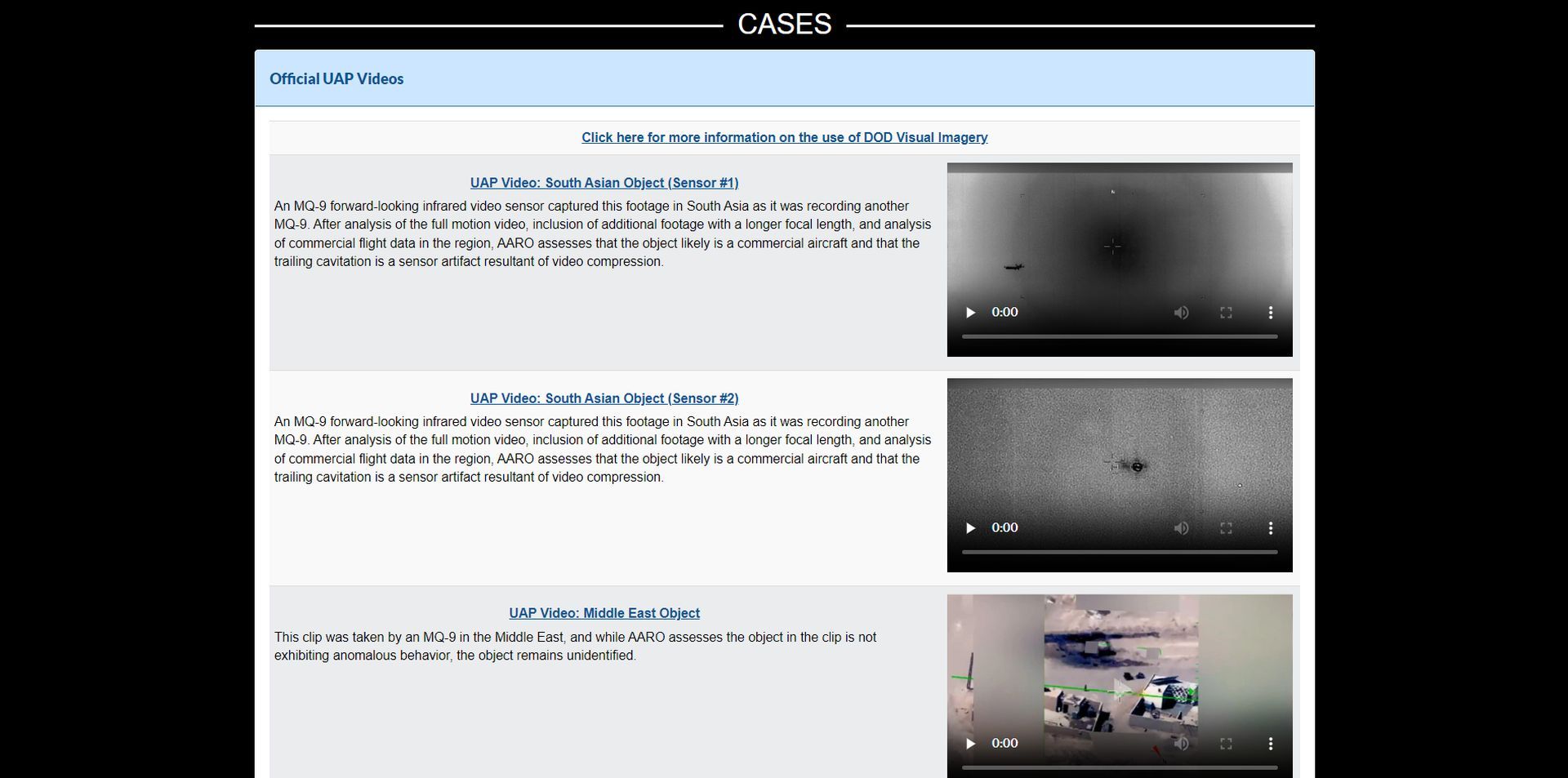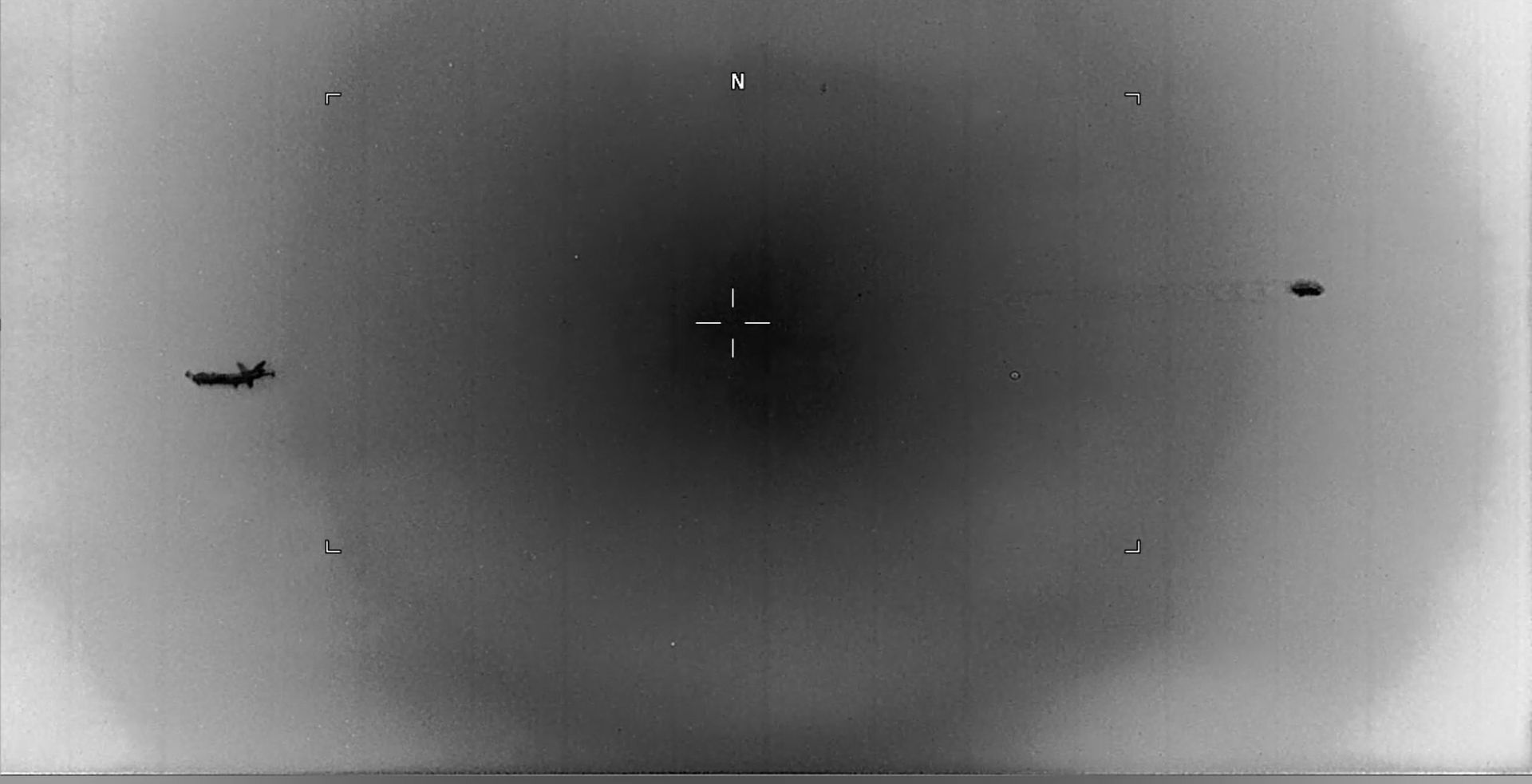The Pentagon has taken a giant leap with the new UFO website Aaro.mil, in the direction of transparency concerning unidentified aerial phenomena (UAPs), commonly known as UFOs. The newly launched website serves as a hub for declassified information related to these mysterious flying objects.
This website is being hailed as a “one-stop shop” for anyone eager to access publicly available records about UFOs. It’s expected to shed light on the work of a government office that was established to coordinate efforts across different federal agencies in the quest to detect and identify these puzzling phenomena.

How did the new UFO website aaro.mil emerge?
Brig. Gen. Pat Ryder, the Pentagon’s press secretary, explained during a recent news conference that, “The posting of the website is the next step in this process, in terms of ensuring that the public has information and insight into UAPs. And so what you see today is what has been declassified to date.”
Currently, the website features a handful of videos, some of which are labeled “unresolved” or “unclassified.” These videos come with brief descriptions that offer explanations based on assessments made by the All-domain Anomaly Resolution Office, established last year under the National Defense Authorization Act. Additionally, there are sections labeled “Coming Soon,” hinting at more revelations to come.
According to a news release from the Pentagon, in the future, the website will host photos and videos related to resolved UAP cases as they are declassified and approved for public release. It will also provide links to reports, transcripts, and other resources, including sites for tracking aircraft, balloons, and satellites.
One significant upcoming feature of the website is a tool that will allow current and former U.S. government employees, service members, and contractors to submit reports via a private and secure channel. This addition is expected in the fall, and there are plans to introduce a similar tool for the general public in the coming months.

The culminating demand for transparency
Ryder emphasized the Department’s commitment to transparency, stating that the office reviews the facts and, “when possible,” declassifies information to make it publicly available.
The frequency of updates to the website hasn’t been disclosed by the Pentagon yet, but it’s clear that there’s growing demand from Congress for greater transparency surrounding UAPs.
Last month, a former U.S. intelligence official who once led Defense Department efforts to analyze reported UAP sightings testified before a House Oversight subcommittee, revealing the existence of a “multidecade” Pentagon program to collect and reassemble damaged UAPs. This raised questions about government cover-ups and the discovery of “non-human biologics” amid the wreckage of crashed UAPs.
In response to these claims, a Pentagon spokesperson stated that there was no verifiable information to substantiate such programs regarding the possession or reverse-engineering of extraterrestrial materials.
The National Intelligence Director’s Office released an unclassified report in January, indicating that the Defense Department had received 366 new reports of UAPs since March 2021. While about half of these reports seemed to involve balloons or drones, the initial characterization doesn’t necessarily mean they were positively resolved or identified.

This website is undoubtedly a significant step toward satisfying public curiosity about UFOs and their potential implications. It’s a fascinating development that will keep enthusiasts and researchers closely watching for future updates and revelations.
Featured image credit: NASA





